Today Huawei launched its new high-end smartphone, the Mate 40 Pro, and we’ve had one of the first units in for testing under version 4 of the DXOMARK Camera test protocol. The camera setup is very similar to the P40 Pro launched earlier this year, but there are some subtle differences. The Mate 40 Pro’s primary camera does not feature an optical stabilization system but otherwise comes with the same 1/1.28″ sensor and f/1.9-aperture lens as the P-series model. The ultra-wide camera retains the P40 Pro’s lens with an f/1.8 aperture and 18 mm equivalent field of view, but now uses a 20 MP sensor with bigger pixels instead of 40 MP. The specs of the 5x tele-camera remain unchanged.
With relatively few changes compared to the P40 Pro’s camera specifications, we were curious to see if the Huawei engineers were able to increase image quality and camera performance even further on the new model. Read on to find out if they succeeded and how the Huawei Mate 40 Pro performed under the brand-new version 4 of the DXOMARK Camera test protocol.
Key camera specifications:
- Triple camera setup
- Primary: 50 MP 1/1.28″ sensor (12 MP output), 23 mm-equivalent (1x defined as 27 mm) f/1.9-aperture lens, full-pixel Octa-PD
- Ultra-wide: 20 MP 1/1.54″ sensor, 18mm-equivalent f/1.8-aperture lens, PDAF
- Tele: 12 MP 1/3.56″ sensor, 125mm-equivalent f/3.4-aperture lens, PDAF, OIS
- LED flash
- 4K video, 2160p/60f ps (2160p/30 fps tested)
- Multispectral color temperature sensor
About DXOMARK Camera tests: For scoring and analysis in our smartphone camera reviews, DXOMARK engineers capture and evaluate over 3000 test images and more than 2.5 hours of video both in controlled lab environments and in natural indoor and outdoor scenes, using the camera’s default settings. This article is designed to highlight the most important results of our testing. For more information about the DXOMARK Camera test protocol, click here. More details on how we score smartphone cameras are available here.
Test summary
Scoring
Sub-scores and attributes included in the calculations of the global score.
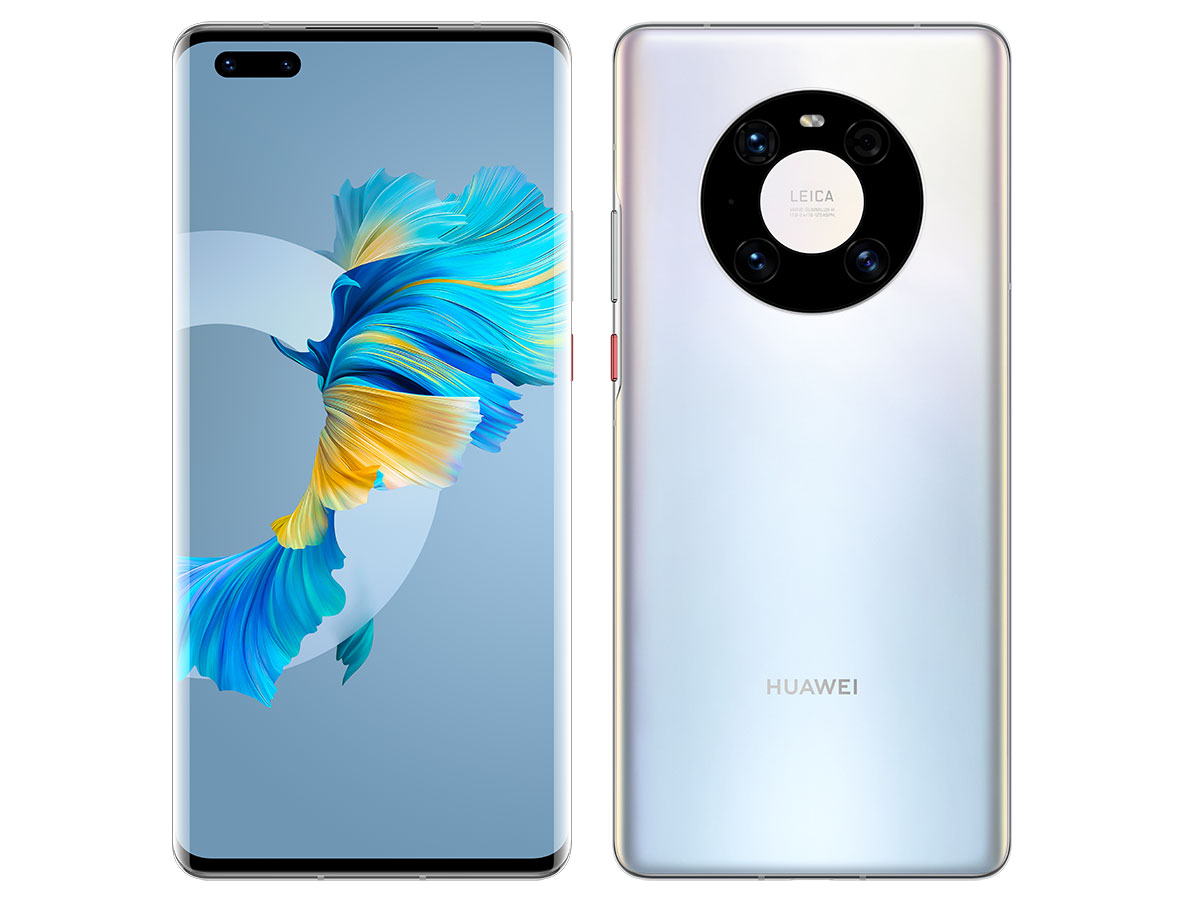
Huawei Mate 40 Pro


Use cases & Conditions
Use case scores indicate the product performance in specific situations. They are not included in the overall score calculations.
Outdoor
Photos & videos shot in bright light conditions (≥1000 lux)
Indoor
Photos & videos shot in good lighting conditions (≥100lux)
Lowlight
Photos & videos shot in low lighting conditions (<100 lux)
Friends & Family
Portrait and group photo & videos
Huawei has a history of designing smartphones with great cameras and the Mate 40 Pro is no exception. The new model achieves an outstanding DXOMARK Camera score of 136 and is the new number one in our ranking. The Photo sub-score of 140 is a new high as well, thanks to excellent results for pretty much all attributes.
Dynamic range is a particular highlight. As you would expect from a flagship phone in 2020, the camera captures good target exposure down to low light. In addition the Mate 40 Pro manages to maintain a wide dynamic range across light levels, even in very low light. In comparison, many competitors are capable of recording good highlights and shadow details in bright light but struggle to do so in dim conditions. This makes the new Huawei a great option for night shots and other difficult low-light scenarios.
The camera also offers a great tradeoff between texture and noise, with good detail and low levels of noise in images captured across all light levels. Sharpness is further helped by an accurate autofocus system that locks on without delay when shooting with the primary camera. The Mate 40 Pro’s portrait mode does a good job at creating a natural-looking bokeh simulation that doesn’t look far off from something a DSLR and fast lens could capture. Our testers were particularly impressed by the depth estimation that works well even with hair and other complex subjects.
Image artifacts are well controlled, too, with only some color quantization and aliasing, but you’d have to look pretty hard to spot any of those issues, making them pretty much irrelevant for normal shooting.
The Mate 40 Pro also achieves a very good Zoom score of 88 but cannot quite keep with the very best in this new category that combines tele and wide sub-scores. The combination of digital super-zoom on the primary camera and the dedicated tele-lens is capable of recording good detail at all tele settings. However, the Xiaomi Mi 10 Ultra with its two dedicated tele lenses just has the edge, especially at close and medium zoom ranges. We also found that the Huawei’s autofocus struggled in quite a few tele shots, which lowered its score.
The ultra-wide camera comes with the same limitations as previous high-end Huaweis: the field of view is considerably narrower than on most direct competitors. Image quality is otherwise generally excellent, though. So if you can live with a little less wideness, the Mate 40 Pro is still an excellent choice for wide-angle aficionados.
With a Video score of 116, the Mate 40 Pro also takes the top spot in the moving images category. The Huawei’s 4K footage shows good detail and low noise levels in all situations. Color is nice, too, and the auto white balance system works well and adjusts smoothly to changes in illumination.
The autofocus system is accurate and adapts smoothly when the subject distance changes, avoiding any unwanted jumps or pumping. The effective video stabilization also helps create a cinematic effect, making footage look very smooth and stable, which is particularly noticeable when panning or even when running while recording.
On the downside, some highlight clipping can occur in difficult high-contrast scenes and the stabilization does struggle a little bit when walking while recording in low light. In such challenging conditions, sharpness differences between frames can become visible. In terms of artifacts, we’ve observed some color quantization and ghosting effects on Mate 40 Pro video clips. Those minor quibbles aside, the new Huawei is an excellent choice for mobile video shooters and deservedly achieves our highest Video score to date under the updated test protocol.
Photo scores explained
The Huawei Mate 40 Pro achieves an outstanding Photo score of 140, thanks to excellent results across all image quality attributes. In this section, we take a closer look at how each sub-score was determined and compare image quality against some key competitors.

Exposure and Contrast
Huawei Mate 40 Pro
109
111
The Mate 40 Pro achieves the best score to date under our updated test protocol. Not only is target exposure good down to very low light, the Mate 40 Pro is also capable of maintaining a wide dynamic range in low-light conditions, something that most competitors struggle with.
All three devices deliver good exposure for this backlit scene, but the Mate 40 Pro does even a little better than the P40 Pro and Xiaomi by lifting brightness slightly on the statue and building.
The Mate 40 Pro does impressively well in this low-light shot, with the differences to the reference clearly visible. The Mate is capable of delivering a noticeably wider dynamic range in low light. As a result, it shows more detail in both the dark areas at the front of the bar and in the bright lightbulb.

Color
Huawei Mate 40 Pro
104
107
The Mate 40 Pro also achieves a very high score for color. Color has noticeably improved over the P40 Pro, which often showed color casts in various light conditions, especially in low light. On the Mate 40 Pro, white balance is accurate in pretty much all conditions and color rendering is pleasant. In this indoor shot, the Mate 40 Pro produces natural and pleasing colors, but both the P40 Pro and Mi 10 Ultra images have fairly strong reddish color casts, making for unnatural skin tones and overall color rendering.
The Mate 40 Pro also delivers the nicest color rendering in this outdoor scene.

Autofocus
Huawei Mate 40 Pro
92
109
The Mate 40 Pro autofocus is accurate and fast to lock on in all conditions. It’s also a noticeable improvement over the P40 Pro which slows down noticeably in HDR light conditions.
You can see in our chart below that under indoor 1000 lux lighting with 7 EV contrast, the Mate 40 Pro finds sharp focus on all 30 shots, and does so without delay. The Xiaomi Mi 10 Ultra performs very similarly, but the the P40 Pro, while accurate, slows down a little compared to the other two devices.
This is the setup we use for testing AF under HDR conditions. All three images are sharp, but as shown in the graph above, the P40 Pro AF is slower than the others. The new Mate 40 Pro is faster and delivers better dynamic range. The Xiaomi is equally fast, but dynamic range is noticeably lower.
The Mate 40 Pro still did not achieve one of the best scores for autofocus because of its limited depth of field. This means that in a group portrait, people towards the back of the scene tend to be slightly out of focus. This is also true for images that have people at the front and another element of interest in the background—for example, typical tourist shots. In this image you can see that the effect is little more pronounced on the Mate 40 Pro than on the comparison devices.

Texture
Huawei Mate 40 Pro
101
111

Noise
Huawei Mate 40 Pro
95
102
The Mate 40 Pro scores well for both texture and noise, and balances both attributes very well. In our measurements the Huawei Mate 40 Pro and P40 Pro, as well as the Xiaomi Mi 10 Ultra, all deliver very good detail across all light levels. However, the Mate 40 Pro loses some ground in low light compared to the reference devices; this is clearly visible in our new texture measurements, which are based on the DXOMARK test chart.
As indicated by the graph, differences are more visible in low light. Compared to the P40 Pro, the Mate 40 Pro lacks detail on the skin textures in this crop. The Xiaomi is also better than the new Huawei.
The differences in detail in these outdoor shots are minimal, but the Xiaomi just has the edge over the Huawei devices.
In the noise analysis, the three devices’ performance is very close in bright outdoor light and under typical indoor conditions. Some small differences appear only at light levels below 10 lux. Even then, noise is well controlled on all cameras.
These results are reflected in this indoor scene: the level of detail is excellent and noise very well under control for all three devices.

Artifacts
Huawei Mate 40 Pro
69
77
Image artifacts are well controlled overall on the Huawei Mate 40 Pro, but the device is not among the very best we have tested. You’d have to magnify the view quite a bit to spot any issues, but the most obvious artifacts our testers found are color quantization and aliasing. Other more minor effects include ghosting and ringing.
Color quantization is often visible in areas of plain color. In the shot below, it is visible in the shape of pinkish areas on the ceiling.
You’ll sometimes see staircase aliasing on diagonal lines, but in practice the effect is weak enough that you won’t have to worry about it too much.

Night
Huawei Mate 40 Pro
69
82
The Mate 40 Pro is a very capable device for night shots, with good exposure and wide dynamic range. In this comparison, its exposure is a little darker than the Xiaomi Mi 10 Ultra’s, but it maintains much better highlight detail in the bright areas of the frame, making for an overall better shot. On the downside, the level of captured detail is a little lower than on the P40 Pro and the Xiaomi in very low light.

Bokeh
Huawei Mate 40 Pro
75
80
In its portrait mode, the Mate 40 Pro captures images with an overall natural-looking simulated bokeh effect. Depth estimation tends to be very good, even in difficult areas such as hair, and exposure and color are nice, too, making for very nice-looking portrait images overall.
The Mate 40 Pro’s depth sensing is excellent even in challenging scenes. Below, the subject holds onto a fence, which can throw off the depth sensing of even the best smartphones. The Mate 40 Pro still makes a very precise distinction between foreground and background. The P40 Pro and Xiaomi do a good job as well, but not quite on the same level as the new Huawei flagship.

Preview
Huawei Mate 40 Pro
44
80
Preview is one of the very few areas of weakness for the Mate 40 Pro. In most situations, the image you see on your preview screen looks quite a bit different to the captured image. For example, while target exposure usually previews well, HDR processing is not accurately visualized in preview. In this shot, the highlight clipping in the bright background is much stronger in the preview image than in the captured photograph.
This is also documented in our measurements. Contrast entropy, which indicates dynamic range, is much higher for the capture than for the preview image at all light conditions. Contrast entropy is measured on the grey patches on the backlit panel in the lab scene above. At a maximum value of 8, all levels of gray can be distinguished; a value below 6 is considered a failure.
The device does a little better for bokeh. The background blurring effect is fairly accurately rendered in the preview, but there is a noticeable lag, resulting in moving subjects being in a different position in the final capture than in the preview image. Zoom preview isn’t great either, as zoom motion can be jerky, which is exacerbated by a reduced preview frame rate in low light.
Zoom scores explained
The Huawei Mate 40 Pro achieves a very good Zoom score of 88, putting it into the current top three in this category. The Zoom score includes the tele and wide sub-scores. In this section, we take a closer look at how these sub-scores were achieved and compare zoom image quality against some key competitors.

Tele
Huawei Mate 40 Pro
121
140
The Mate 40 Pro is our second-best camera to date for tele-zoom, thanks to good levels of detail across all zoom levels. For this medium-range shot, the camera sticks to using its primary camera and a super-resolution algorithm, but the result is more than acceptable. Detail is not quite as good as on the Xiaomi Mi 10 Ultra, which features two dedicated tele lenses, though.
Once the dedicated 5x tele lens of the Mate takes over, it outperforms even the Xiaomi in terms of image detail. All three devices deliver impressive image quality for a smartphone tele in this long-range comparison, but the Huawei devices just beat the Xiaomi by a whisker.
On the downside, tele-zoom shots on the Mate 40 Pro are occasionally out of focus. When that happens, you have to slightly zoom in and out again in order to “reset” the focus and take another shot. This is something that Huawei can hopefully fix with a future firmware update.

Wide
Huawei Mate 40 Pro
38
58
The Mate 40 Pro’s ultra-wide-angle captures images with very good overall image quality. Detail, noise, and dynamic range are all excellent for an ultra-wide, but the camera comes with the same limitation as on previous Huawei models: at 18 mm-equivalent, the field of view is the narrowest of all high-end phones we have tested. In comparison, the Xiaomi Mi 10 Ultra is capable of squeezing a lot more scene into the frame, thanks to a much wider 12 mm field of view.
Video scores explained
A device’s overall Video score is derived from its performance and results across a range of attributes in the same way as the Photo score. Tested in its 4K/30fps mode, the Huawei Mate 40 Pro achieved a Video score of 116, the highest to date. Its Video sub-scores are as follows: Exposure (102), Color (100), Autofocus (105), Texture (92), Noise (105), Artifacts (79), and Stabilization (102). In this section, we take a closer look at the device’s strengths and weakness for video, with some comparisons against its key competitors.
Recording video clips in dim conditions is usually no problem with the Mate 40 Pro. Exposure is good down to low light and really only drops off below a very dark 5 lux. This said, we did observe some slight underexposure and limited dynamic range in challenging bright light scenes.
Color rendering is slightly different than that for still images, but still very nice and earns the Mate a top score for color in video. The auto white balance system works accurately, too, with smooth transitions in changing light conditions. 4K video footage shows high levels of detail and noise levels are very well controlled when shooting video in all conditions, even in low light, as you can see in this clip.
This is confirmed by our lab measurements, which show very low noise levels for the Mate 40 Pro in all light levels. In low light it is actually a little better than the P40 Pro and very close to the excellent Mi 10 Ultra.
While all three devices provide very similar measurements for noise, the differences are more noticeable for texture, at least in low-light conditions. The Mate 40 Pro still achieves over 70 percent acutance at 1 lux while the Xiaomi drops to approximately 50 percent and the P40 Pro even lower to 25 percent.
The Huawei’s autofocus works well for video, too, with fast but smooth adaptation in most situations, keeping the subject reliably in focus. This can be seen in this outdoor clip. The transition from the foreground subject to the background is seamless while the camera is panning.
Video artifacts are well controlled overall, too, but like for stills, we did see some color quantization on areas of plain color, and the occasional ghosting effect. We also observed some variation of sharpness between frames when recording in low light while walking, but other than that, the Mate 40 Pro’s stabilization system does a very good job at keeping things steady and creating something close to a steady-cam effect, as you can see in this indoor clip (Mate 40 on the left, P40 Pro on the right).
Conclusion
It appears Huawei camera engineers have kept very busy after the launch of the P40 Pro earlier this year in order to make the Mate 40 Pro’s camera even better, despite the lack of optical image stabilization in the primary module. The new model improves on the already very good performance of the P40 Pro in several areas and is particularly impressive for dynamic range, providing good highlight retention even in low light, something that even many flagship phones struggle with. This makes it an excellent choice for any kind of low-light photography, but the new Huawei is more than capable of dealing with any photographic challenge you throw at it.
It’s not quite the best, but one of the best for tele-zoom, and while ultra-wide shooters have to make do with a narrower field of view than on many competitors, the overall image quality of the ultra-wide camera leaves few reasons to complain.
It’s also the best device we have tested to date for Video, thanks to excellent noise control, effective stabilization, and smooth autofocus adaptation, making it the currently most versatile smartphone for any kind of mobile visual content creators.
Pros
- Wide dynamic range, even in low light
- Excellent texture/noise trade-off in bright light and indoor conditions
- Fast and accurate AF for photo and video
- Good detail at most tele-zoom settings
- Good depth estimation in bokeh mode, even in complex scenes
- Fairly wide dynamic range in night shots
- Excellent video stabilization
- Low noise levels on outdoor and indoor videos
- Accurate white balance and pleasant color rendering on videos
Cons
- Comparatively narrow field of view on ultra-wide camera
- Color quantization and aliasing artifacts
- Tele-zoom images often out of focus
- Slight underexposure and limited dynamic range in very challenging video scenes
- Variation in sharpness between frames when walking while recording video and in low light
- Occasional color quantization and ghosting artifacts on video
Please also have a look at our Huawei Mate 40 Pro gallery below. It includes images that our experts shot in a variety of situations and shooting modes for you to view and examine.


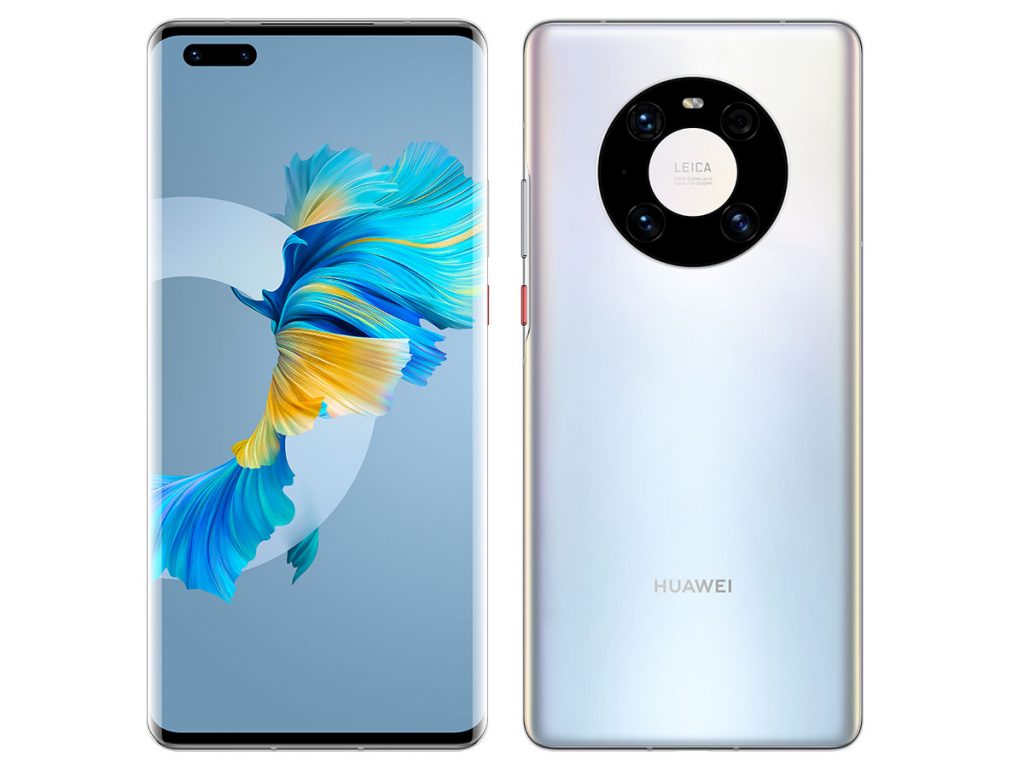


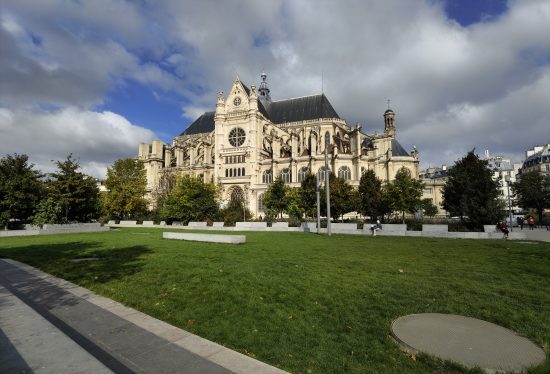



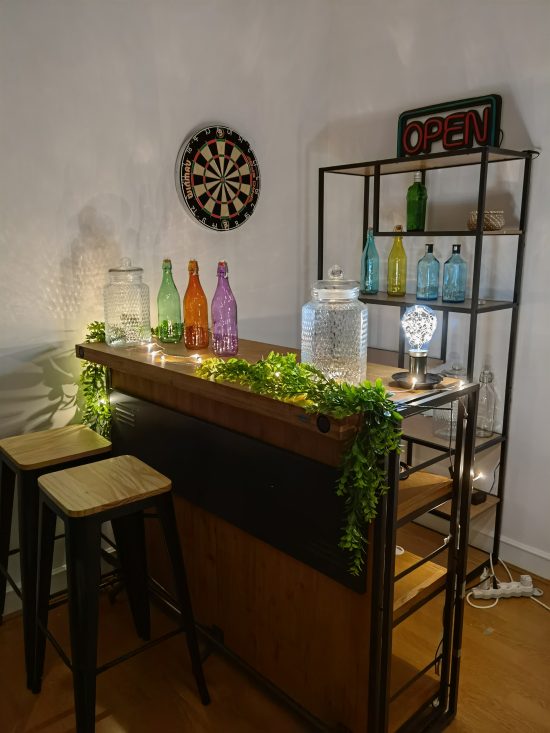
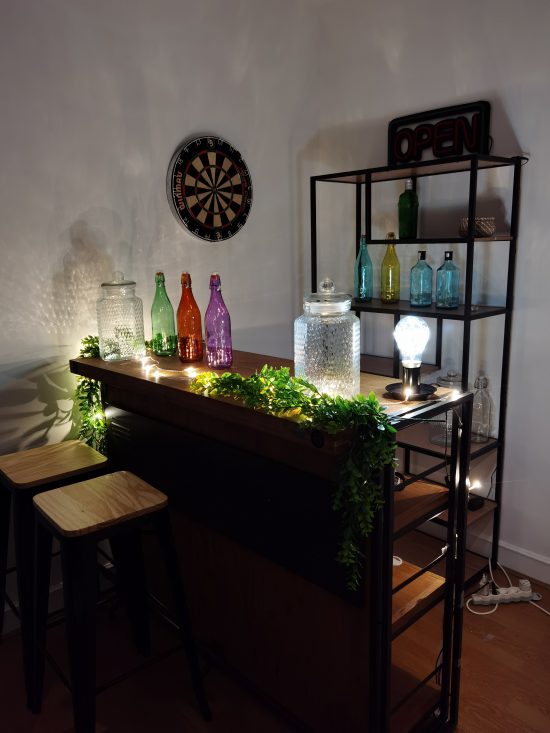
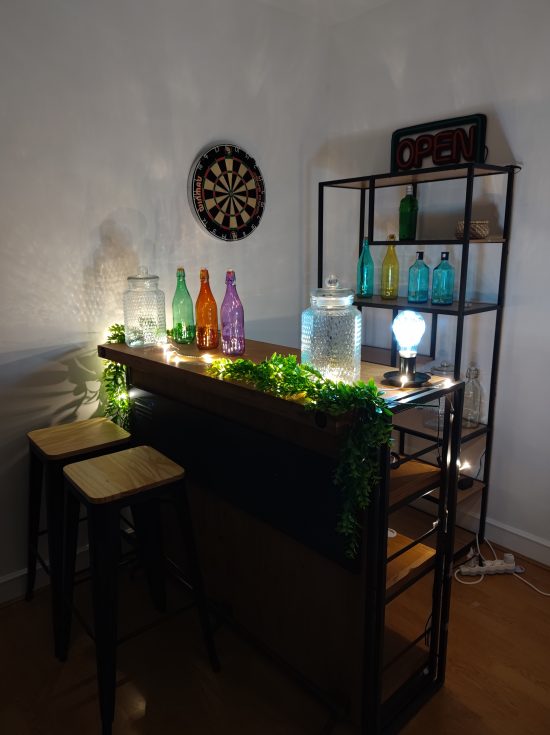






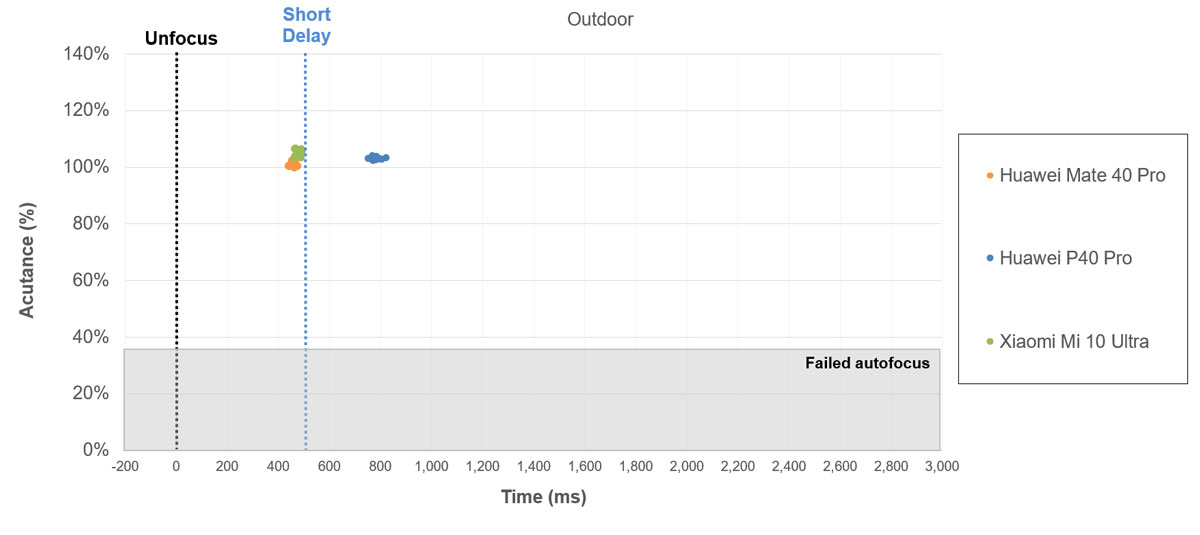
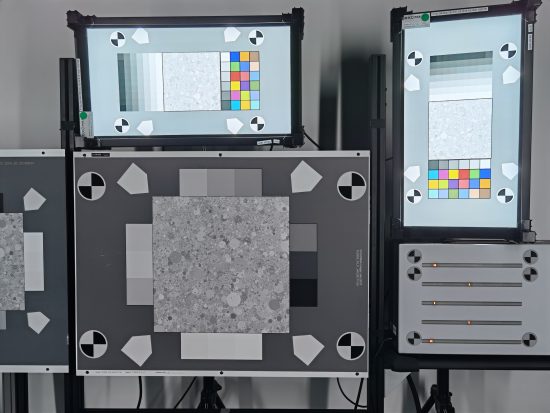
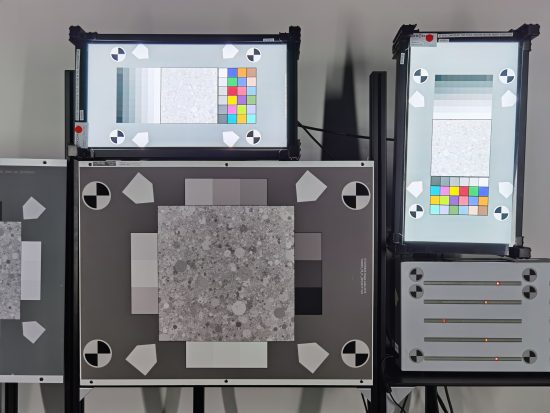
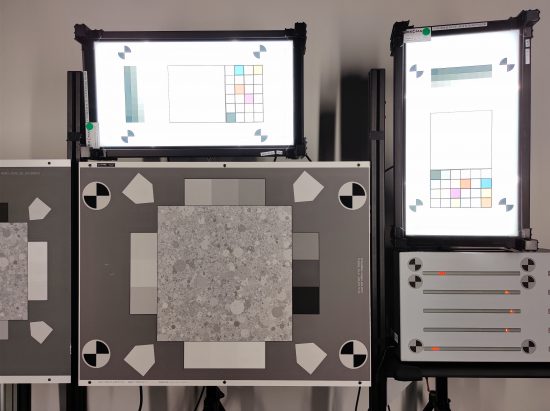
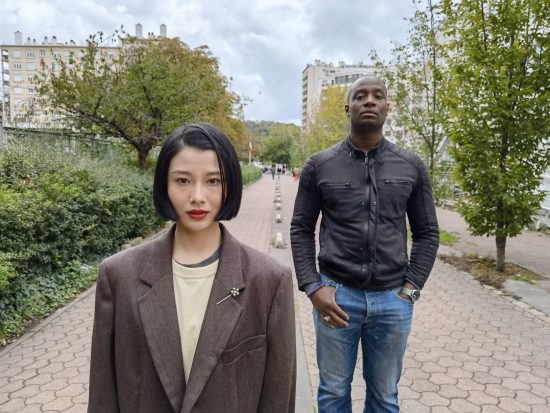
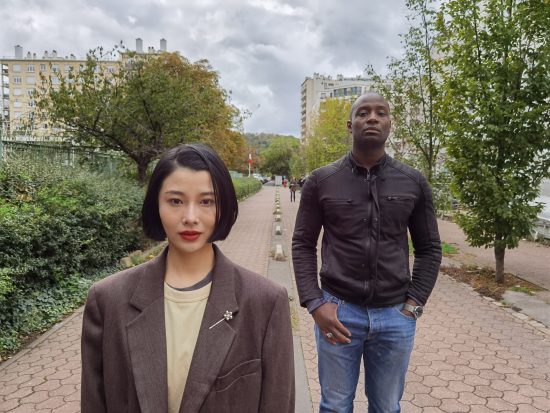
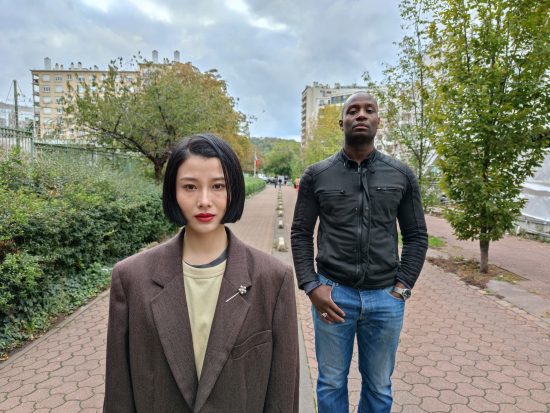
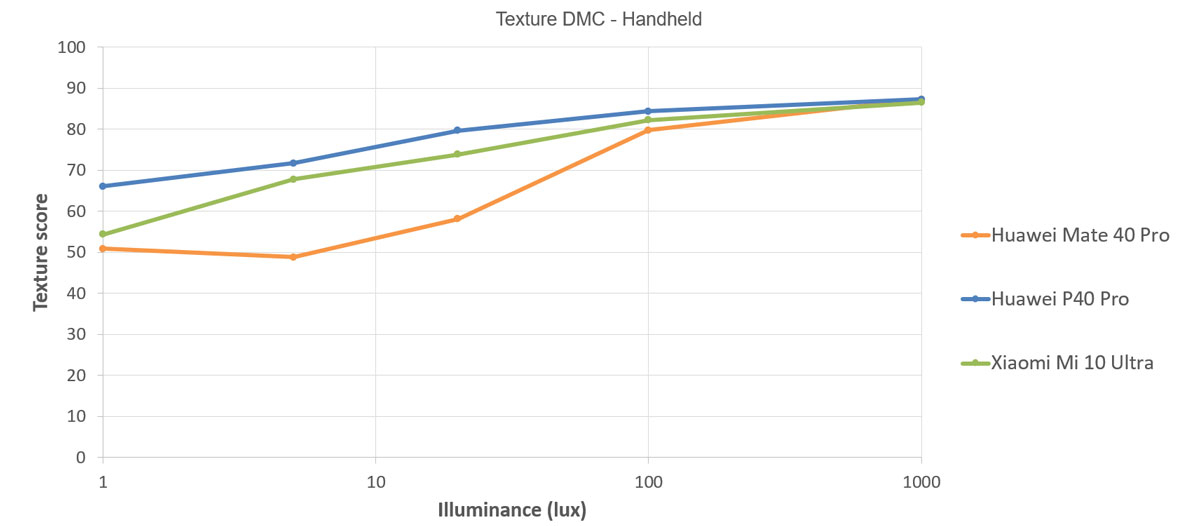
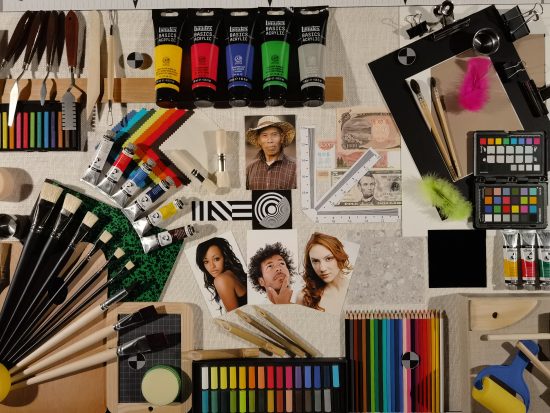

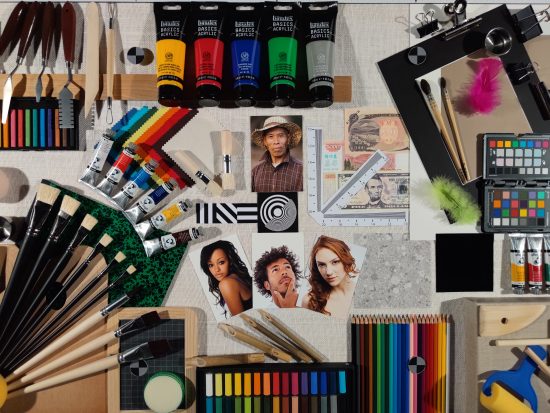
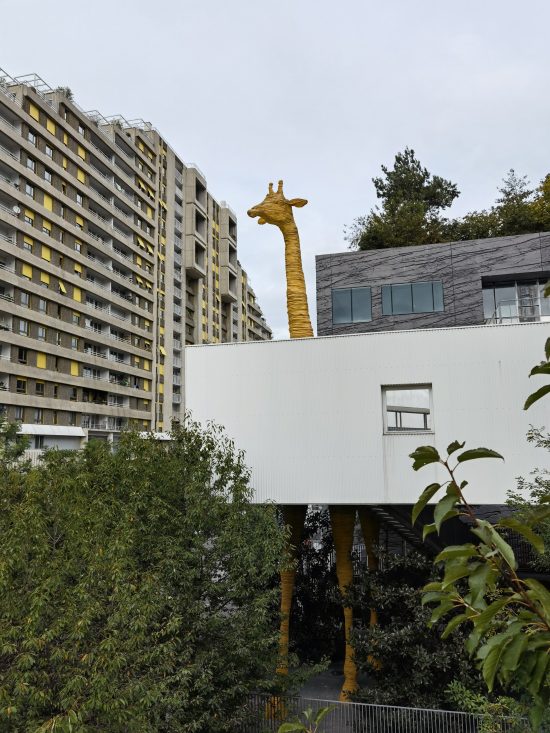
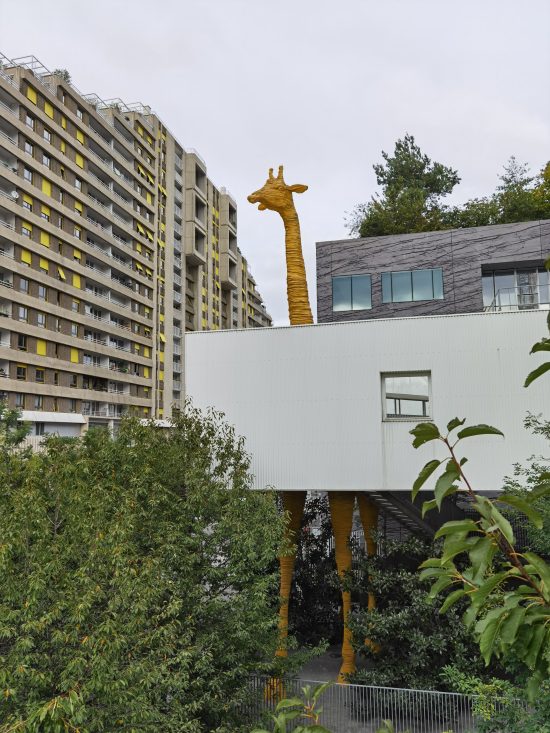

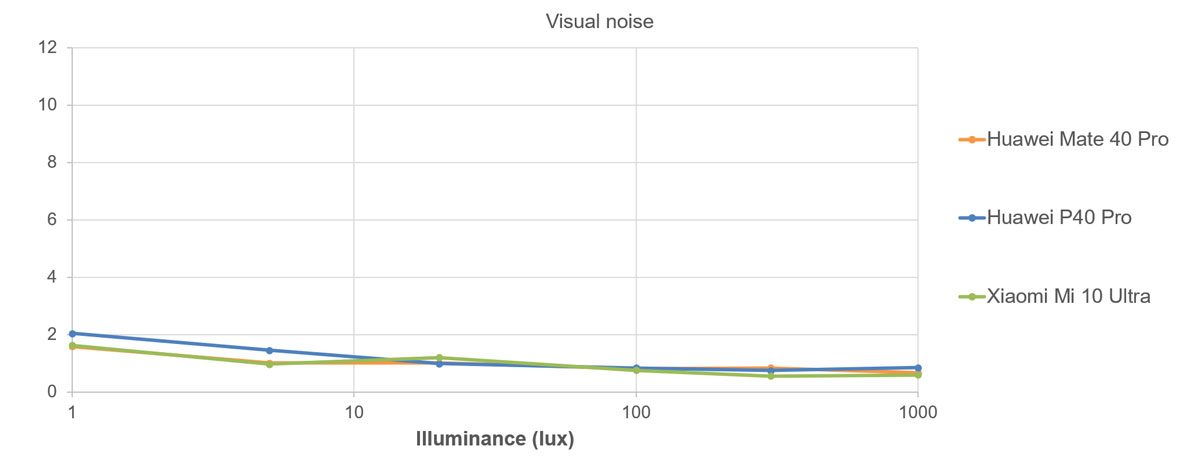



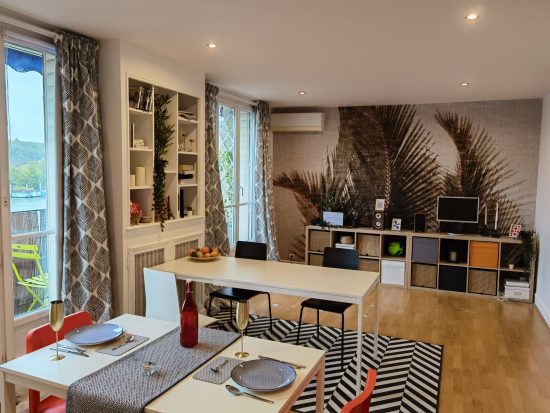
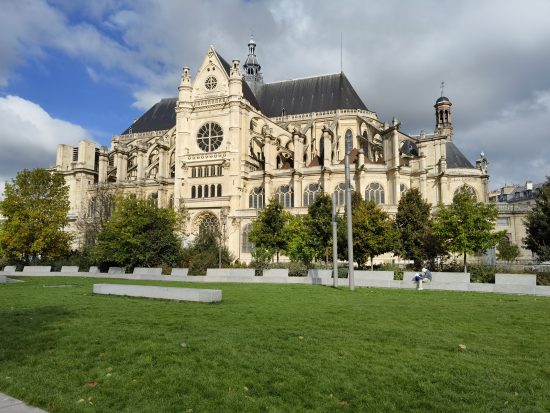
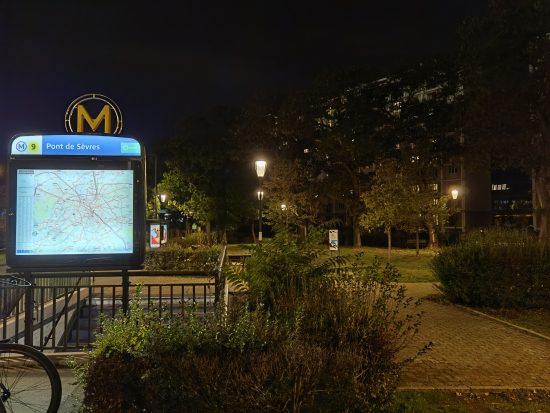
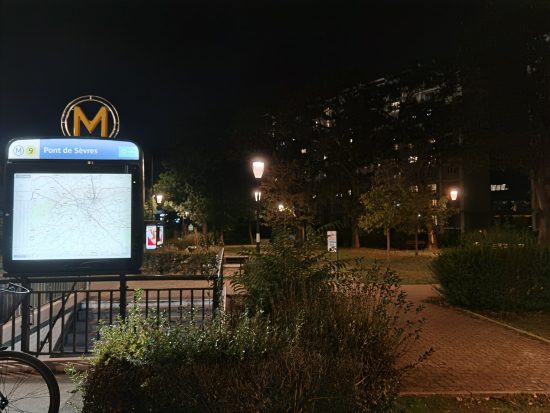
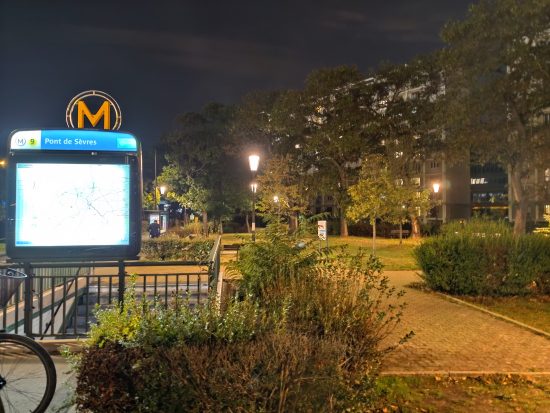






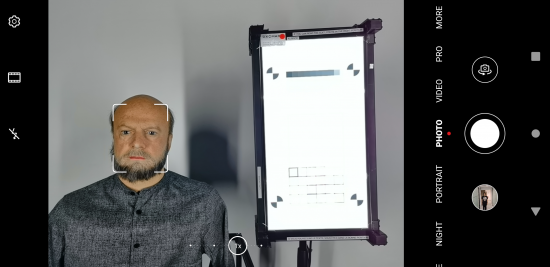
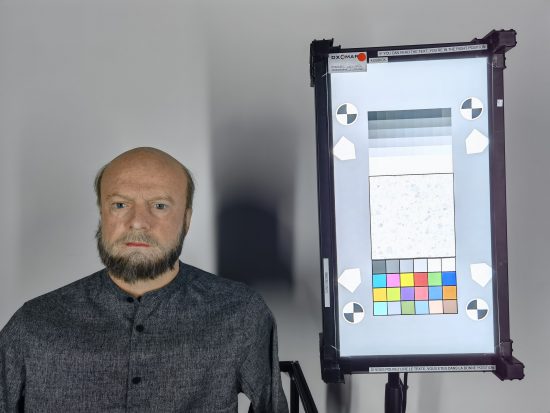
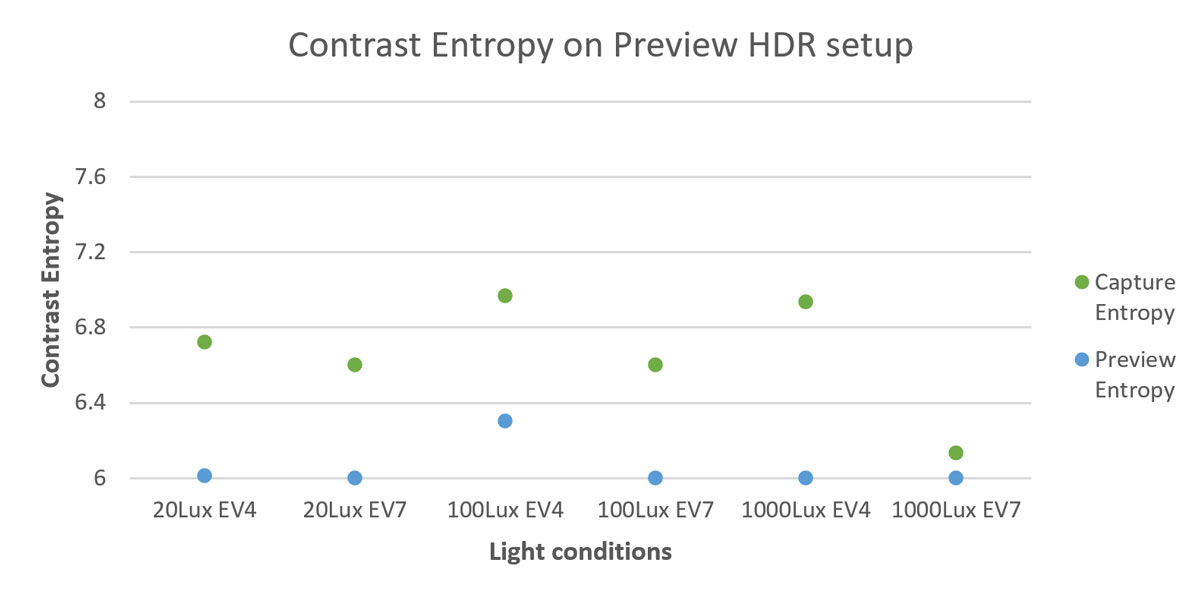
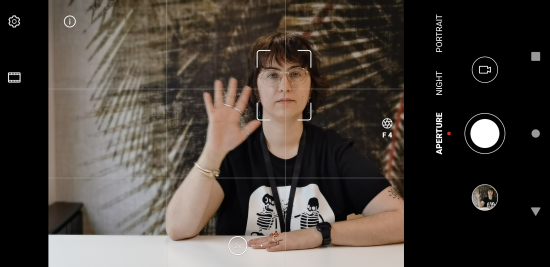








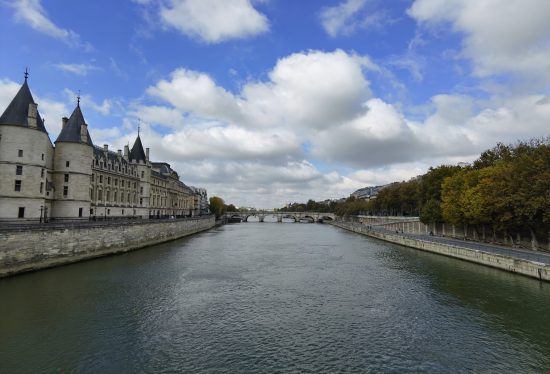
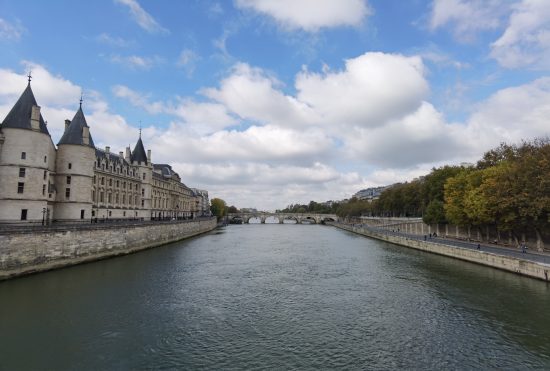
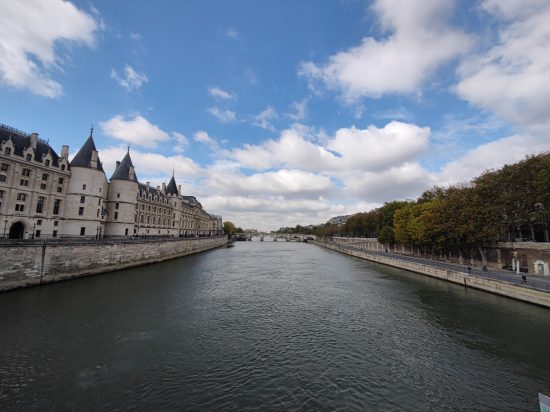
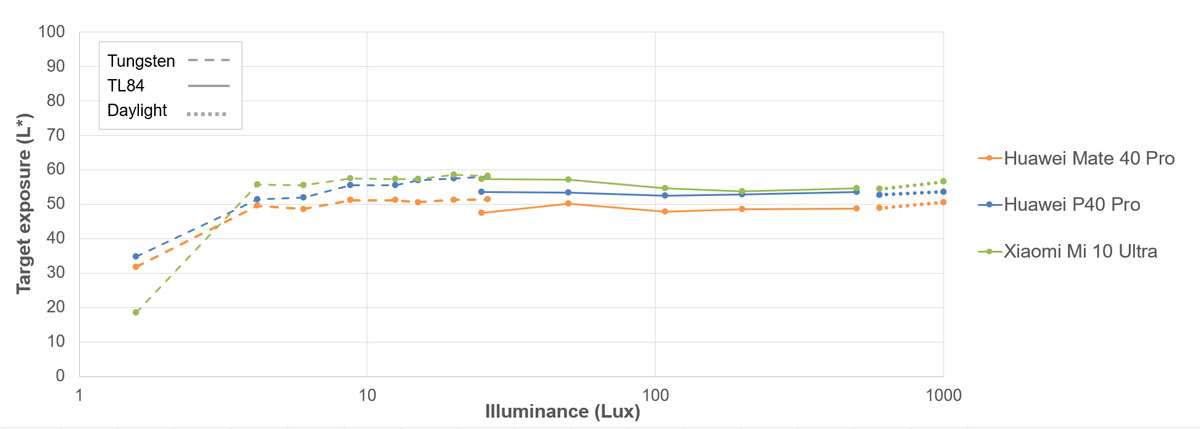
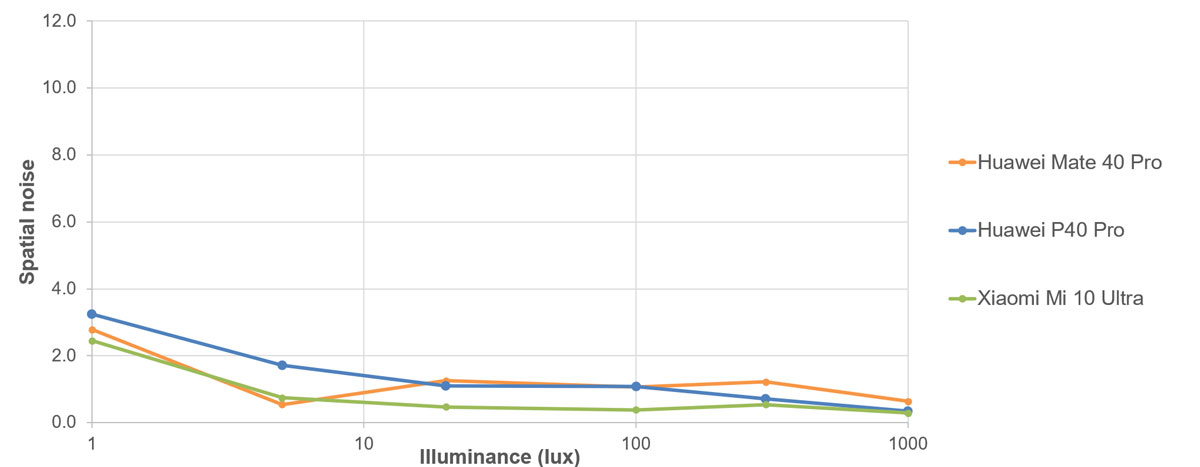
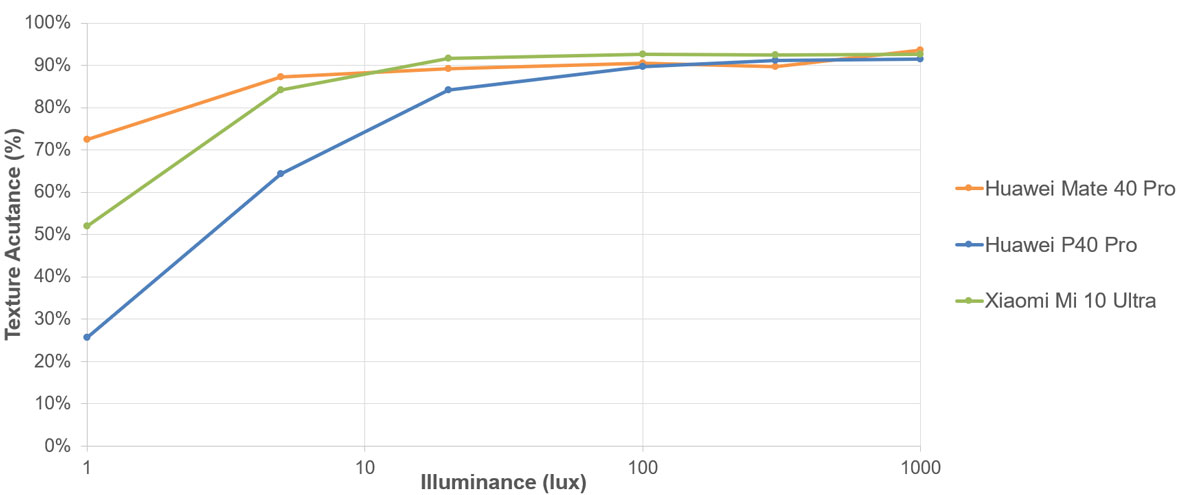









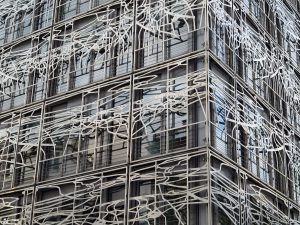
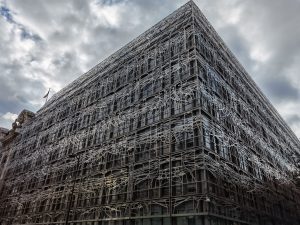















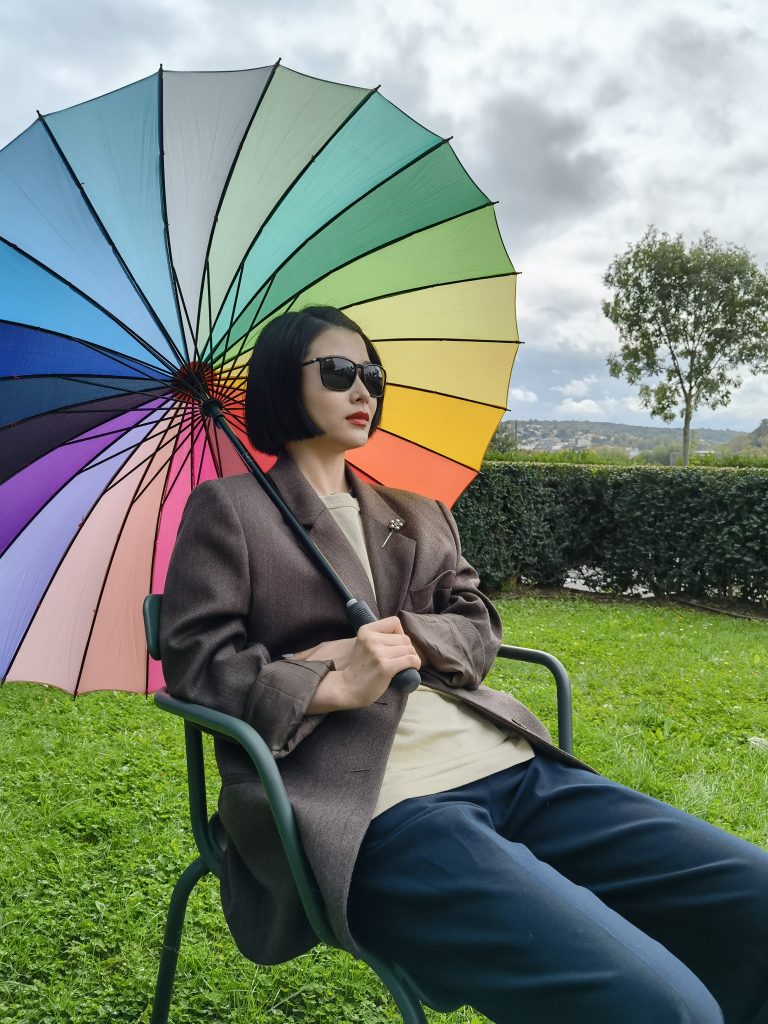

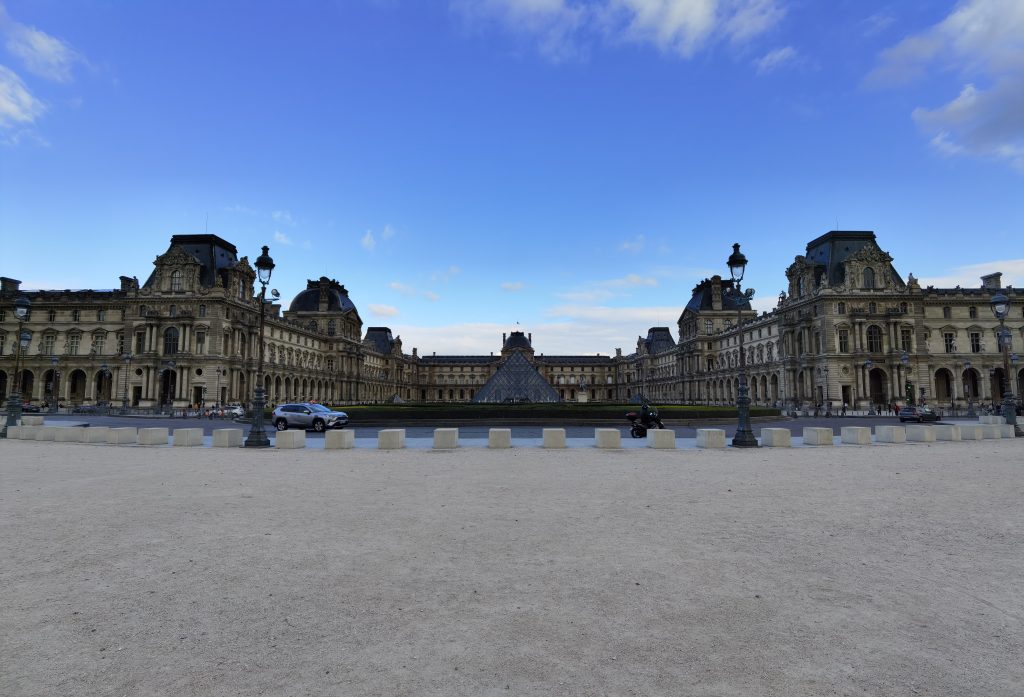
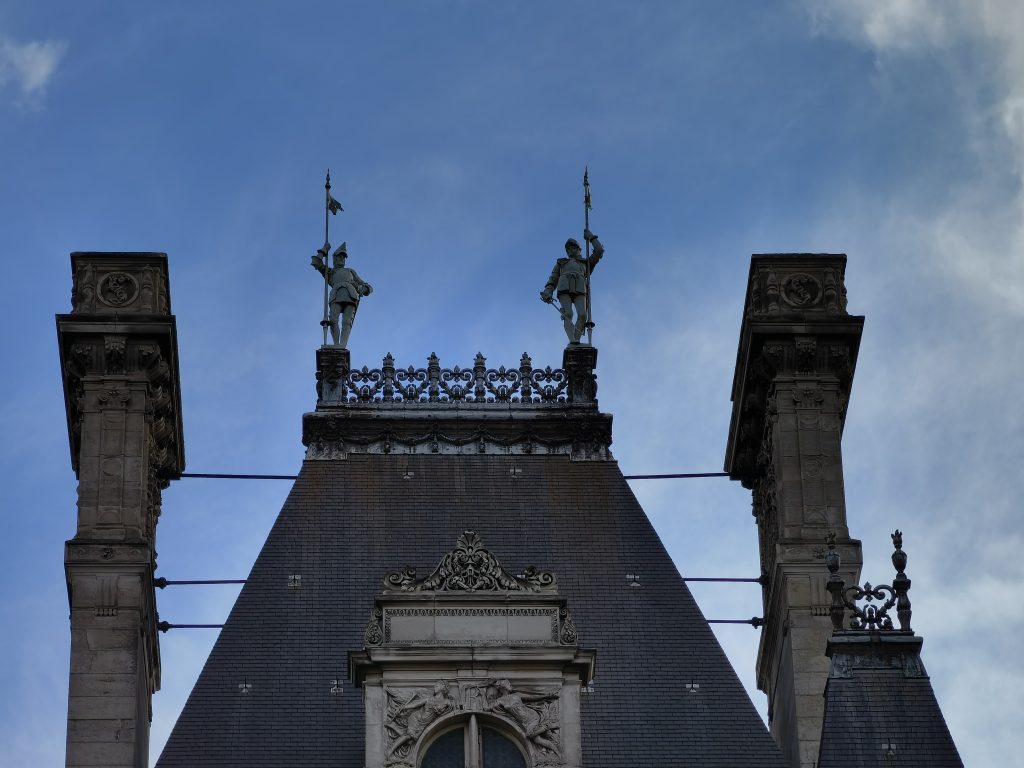


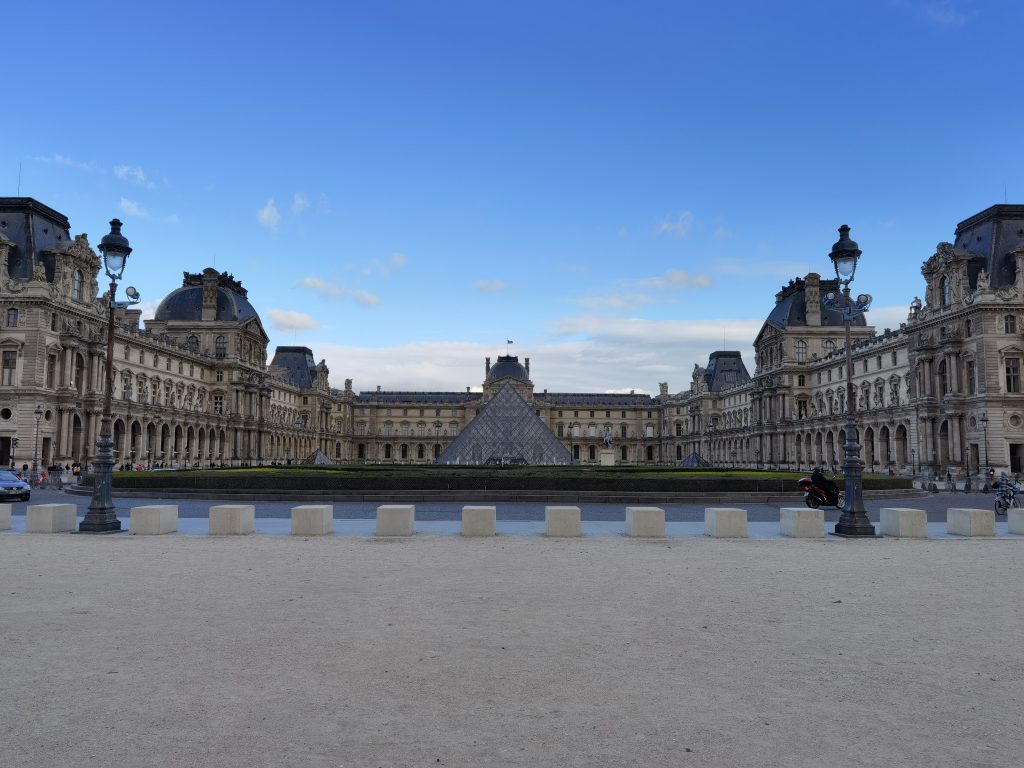


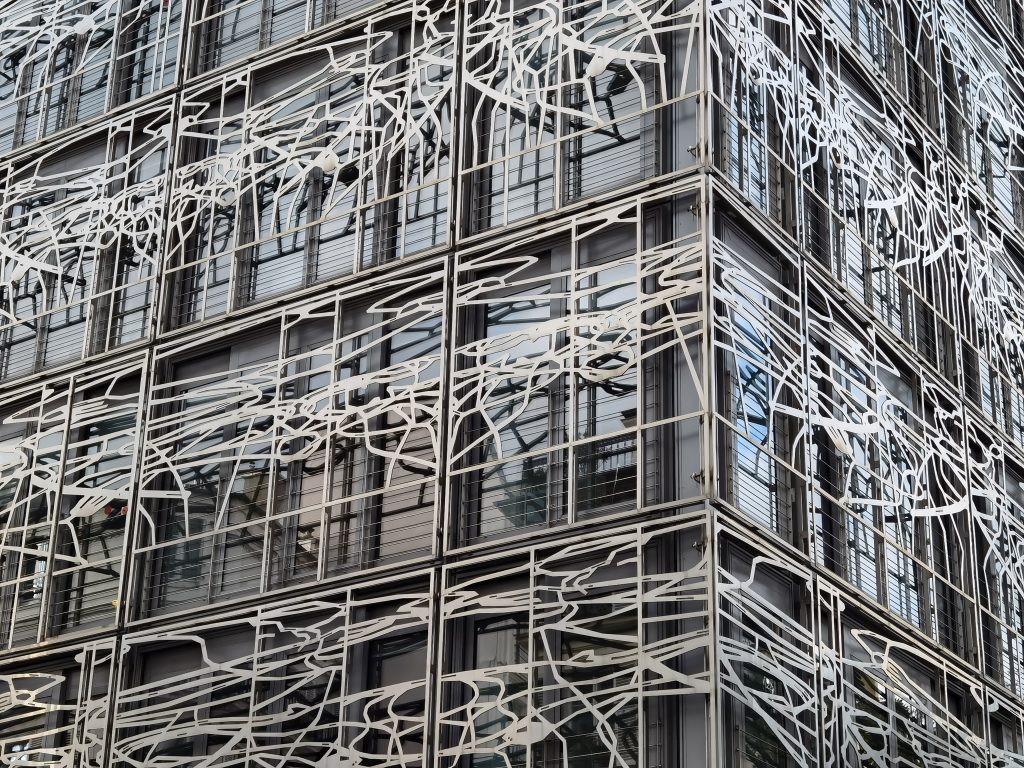
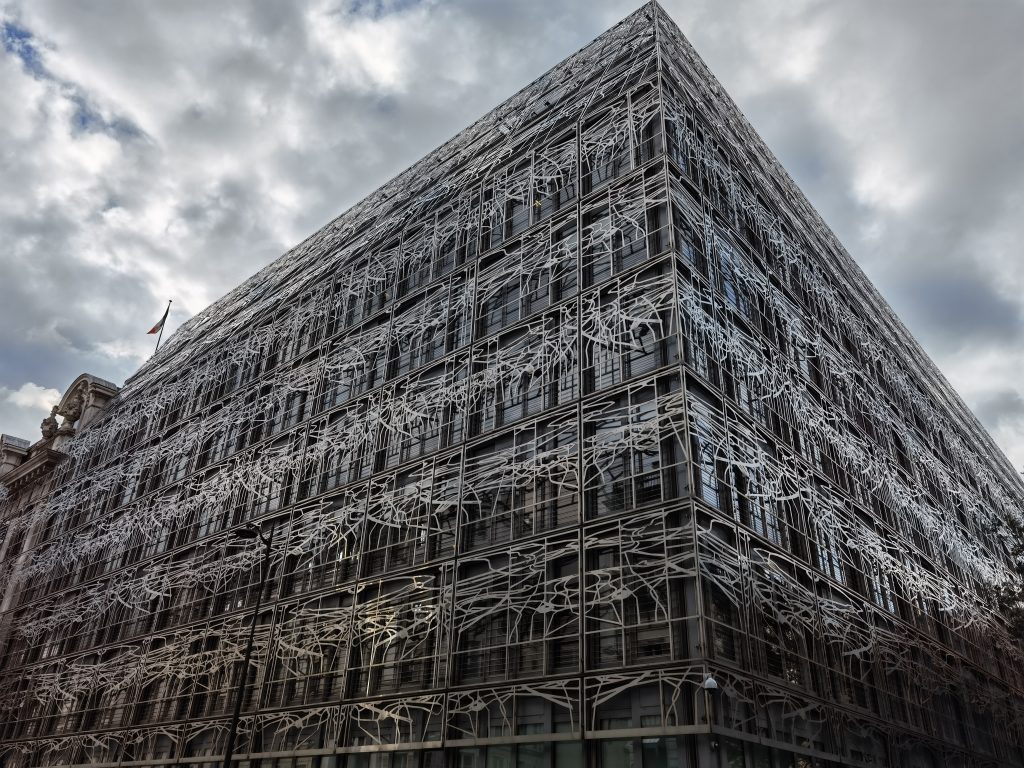


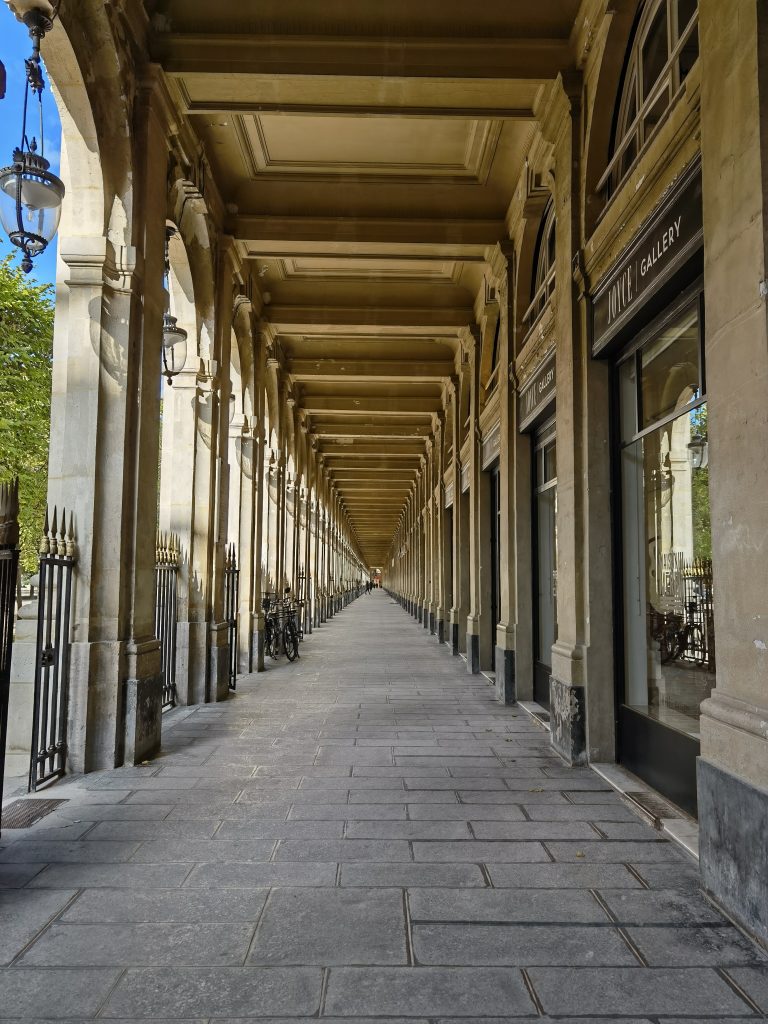
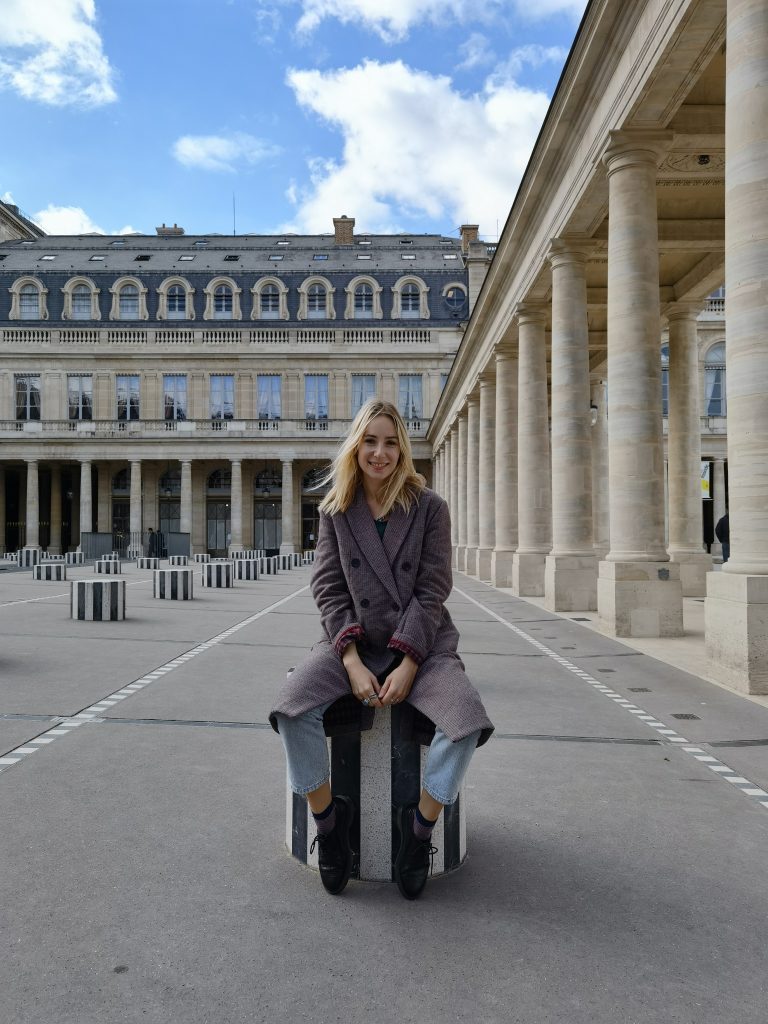









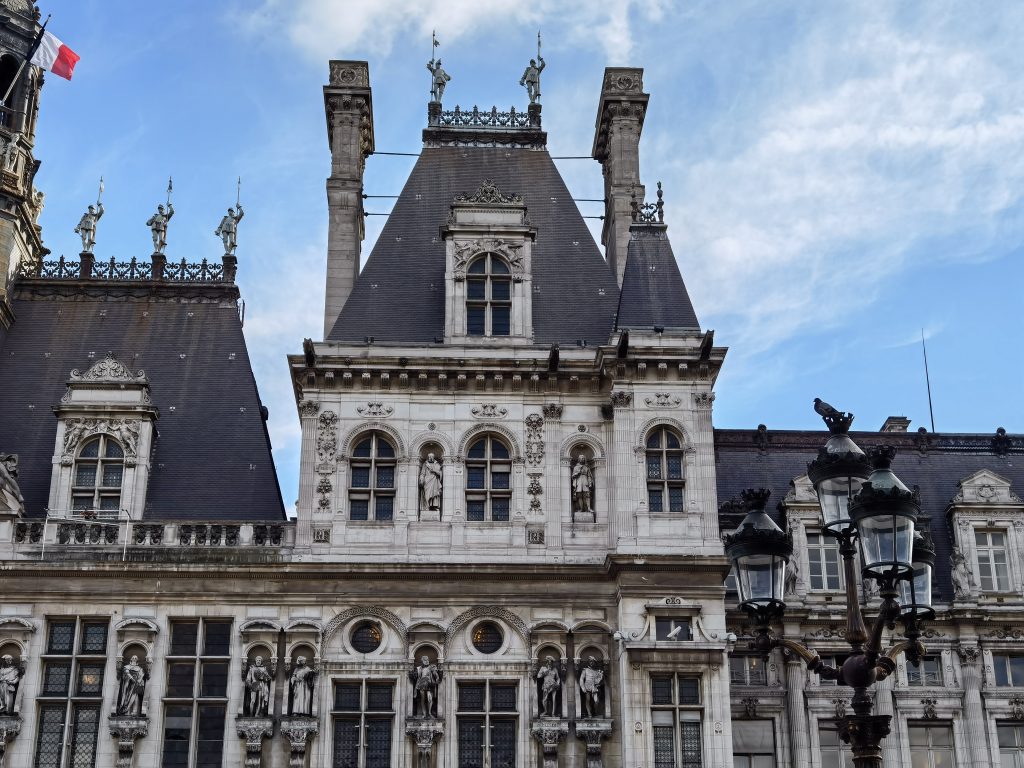
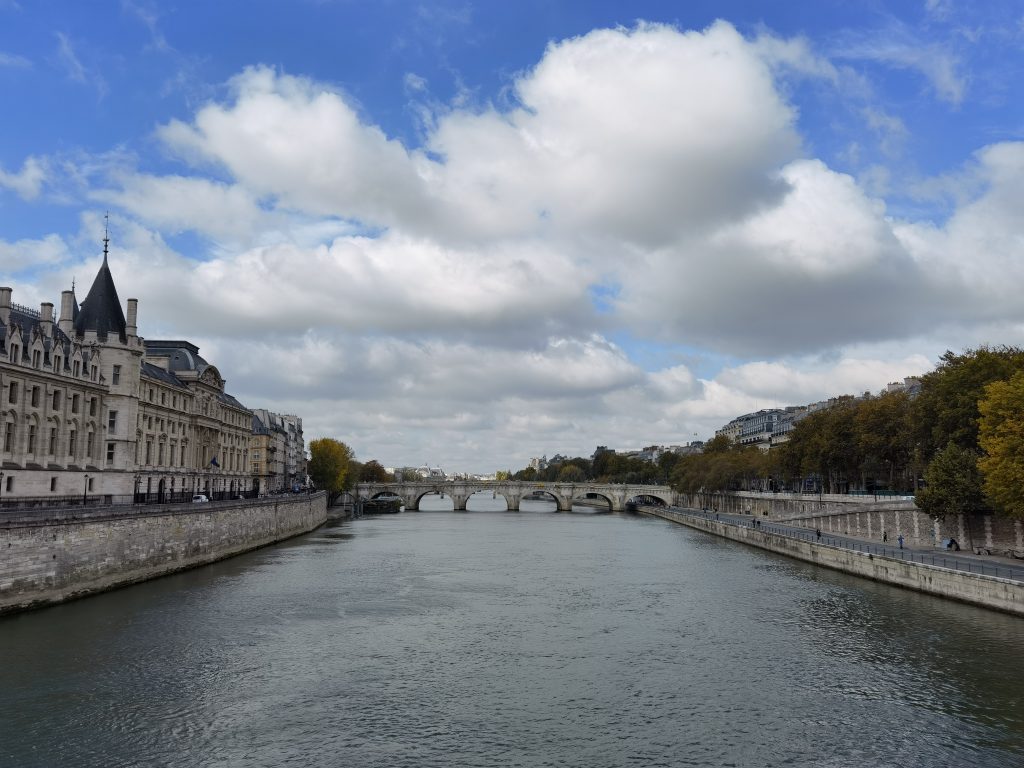
DXOMARK encourages its readers to share comments on the articles. To read or post comments, Disqus cookies are required. Change your Cookies Preferences and read more about our Comment Policy.